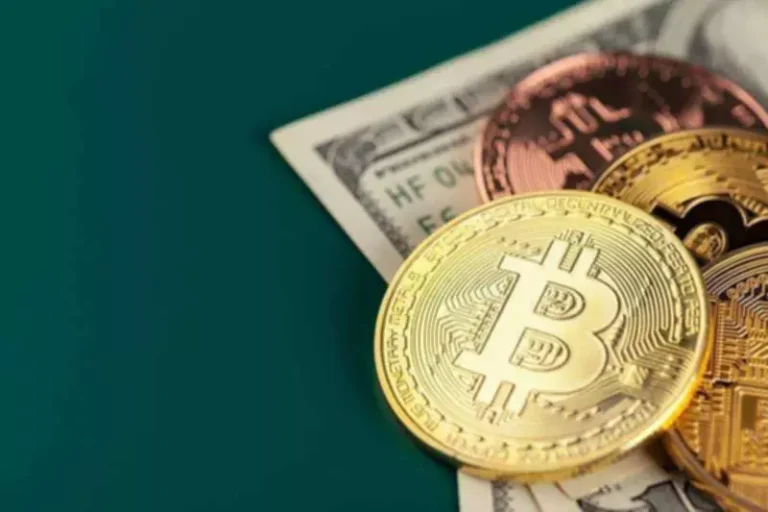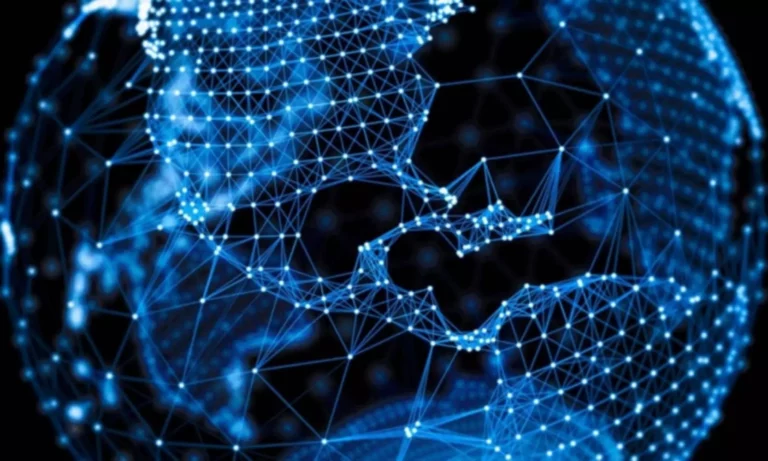Similar to stock buybacks, it is likely the source of its inspiration. Many cryptocurrencies burned tokens between 2017 and 2018, including Binance Coin (BNB), Bitcoin Cash (BCH), and Stellar (XLM). New cryptocurrencies that have a large initial supply of tokens are becoming more and more common. User security is enhanced by the token burning process for Ripple-based applications, which enables transactions without the risk of perverse incentives. To ensure that the network is utilized more responsibly, there is no incentive to charge larger fees other than for quicker execution. When there is excessive cryptocurrency flowing in the market, the price of that token remains low as the demand never exceeds the supply.

This is why due diligence is critical before investing in any cryptocurrency. Crypto burning has been in the spotlight over the last few weeks, mostly due to the incessant burning of Shiba Inu tokens (SHIB). The developers of this meme coin are on a burning spree to save the coin from devaluation in a highly volatile crypto market. So far, close to 260 billion SHIB tokens worth $25,000 have been burnt, and a new burning mechanism is also underway to take this strategy forward. Binance regularly conducts token burns, sending BNB to a burn address, as part of their commitment to reduce the total supply. Projects send tokens to the burn wallet to reduce their circulating supply, potentially increasing scarcity and value.
SHIB community reduced circulating tokens
Some cryptocurrency developers intentionally burn tokens to accomplish these tasks. Cryptocurrency is “burned” when a coin is sent to a wallet address that can only receive coins. Cryptocurrency wallets have private keys that let you access the token you have stored in them; however, burner addresses do not have a private key, which means the tokens are gone forever. Cryptocurrency burning is the process in which users can remove tokens (also called coins) from circulation, which reduces the number of coins in use. The tokens are sent to a wallet address that cannot be used for transactions other than receiving the coins. The wallet is outside the network, and the tokens can no longer be used.

Developers can claim to burn tokens when they’re actually sending those tokens to a wallet they control. To avoid this, it’s important to do your research on the crypto you’re investing in or stick to safer cryptocurrency stocks. The Terra project, for example, burned 88.7 million of its LUNA tokens in November 2021. The tokens represented around $4.5 billion in value at the time, which the company said made the event one of the largest layer 1 token burns ever. The purpose of the burn was partly to remove value from Terra’s community pool, where founder Do Kwon argued it was not needed.
Examples of Successful Token Burns
In such a scenario, burning a portion of the cryptocurrency acts as a ‘deflationary’ move. The scarcity of the token rises and triggers a price appreciation of the remaining tokens in circulation. This category relates to coin burning models that have been integrated into the core protocol layer of the blockchain. In simplified words, any coin burning mechanism that have been hardwired into the coin’s DNA (code base) belongs in this category. To burn crypto means to permanently remove a certain number of cryptocurrency tokens or coins from circulation, rendering them inaccessible and unusable. One of the advantages of crypto burn in a blockchain environment is transparency.
Investors may be unsure when acquiring a common stock if the company would repurchase shares or distribute dividends. In contrast, pre-programmed smart contracts are used to carry out buybacks using cryptocurrency. Proof-of-burn is one of many consensus processes blockchain networks employ to verify that all participating nodes agree on the blockchain network’s real and valid state. An agreement on the legitimacy of a transaction may be reached by a consensus process, which consists of many protocols and validators.
FAQs About Cryptocurrency Burning
The Serum team aims to maintain low token circulation to increase SRM’s scarcity through continuous coin burns, which boost prices in the long run. Let’s delve into the real-world implications of token burns and how https://www.xcritical.com/ they can shape cryptocurrency projects’ and investors’ trajectories. Periodic token burns are like a well-timed jab, keeping inflation in check and preserving the project’s and its investors’ long-term prospects.
Terra also burnt 29 million more LUNA tokens worth $2.57 billion in February 2022. Some ICO projects that did not meet their hardcap and are therefore left with unsold tokens could choose to destroy them. Instead of keeping the tokens for future use, the project chooses to voluntarily burn the excess coins so as to distribute value back to their token holders. Projects that engage in this usually receive a positively favourable image in the community as it highlights the commitment of the team in ensuring long-term success for the project. By sending tokens (sometimes even from a competing blockchain) to a burn wallet, they showcase their dedication to a new project or initiative.
How did coin burning begin?
When a project promises to solely utilize the cash collected for company operations, it demonstrates a greater commitment to investors and values their tokens at a more reasonable price. Those staking tokens in a proof-of-stake mechanism may also gain by burning tokens. When a big number of tokens are taken out of circulation, there is a good likelihood that the staking rewards they get will be worth more in US dollars. There is no guarantee that the token’s value will rise immediately after a burn occurs.
- The answer lies in the concept of scarcity.Reducing the overall supply of a cryptocurrency can become more valuable, similar to how a limited edition item can fetch a higher price.
- The wallet is outside the network, and the tokens can no longer be used.
- As a consequence, the token’s attractiveness as a “store of value” might be enhanced.
- This, some may argue, is a better way for cryptocurrency to work, due to its lack of environmental impact and minimum cost to the miners.
- The idea behind coin burning dates back to well before cryptocurrency.
The gathering is seen as pivotal for the digital assets community. The event will spotlight the latest trends, innovations and challenges in the digital asset realm. Earlier token burn events have seen Binance burning tokens in the range of 808,888 and 2.22 million in single events which has led to a supply reduction in the range of 0.41% to 1.74%. In a similar way, algorithmic stablecoins automatically mint new tokens and burn them frequently to maintain their dollar-pegged value. A decay rate is typically used to get around this issue, which essentially limits the overall ability of individual miners to verify transactions. PoB is similar to PoS in that both demand miners to lock up their assets to mine.
Applications for coin burning
In late 2017, Binance initiated a burn program that would burn coins every quarter until 100 million coins are destroyed. The 100 million coins represent 50% of the total of BNB ever issued. To date, there have been 19 quarterly coin burns destroying 36,934,014 coins according to bnb burn. Requiring a cost to send transactions is a vital aspect for any blockchain to prevent spam transactions and DDOS attacks from compromising the network. Projects such as Ripple (XRP) and Request Network (REQ) have hardwired a burning mechanism for every transaction on the network. This means that for every single transaction, a small amount of coins is burnt in the process.
This guide will delve extensively into the mechanics of coin burning to provide a new outlook on what the future holds for the cryptocurrency market. Overall, coin burning has a positive effect on the particular project’s blockchain and will continue to do so, except when it doesn’t price people out of the cryptocurrency. In the right hands of those teams and individuals that create cryptos, it can help immensely. A coin burn is, whether you like it or not, part of how the blockchain works. It can be used to artificially inflate the value of a coin, whether you think this is the right way to operate a cryptocurrency or not.
More Effective Consensus Mechanism
This isn’t a guarantee and may not be noticeable to the average crypto enthusiast. Sometimes, the effects of coin burns go unnoticed by the majority of users. If the burn involved a considerable amount of coins, it could affect the market price of the coin.
What Cryptocurrencies use coin burning?
Occasionally, crypto burns emerge as a lifeline for projects that have lost their spark or stalled. A well-executed token burn can whip up a frenzy of excitement, catching the eye of investors what does burning crypto mean and amplifying trading volume. This approach can compensate investors for holding coins or tokens. Long-term hodlers may be rewarded if coins or tokens are transferred to a burner wallet.
This ensures that projects remain honest about the number of tokens they’re burning and provides a level of trust to the community and investors. A decision is made by the cryptocurrency project or its crypto community to burn a specific number of tokens. This decision can be based on various factors, such as controlling inflation, rewarding token holders, or rectifying mistakes.
